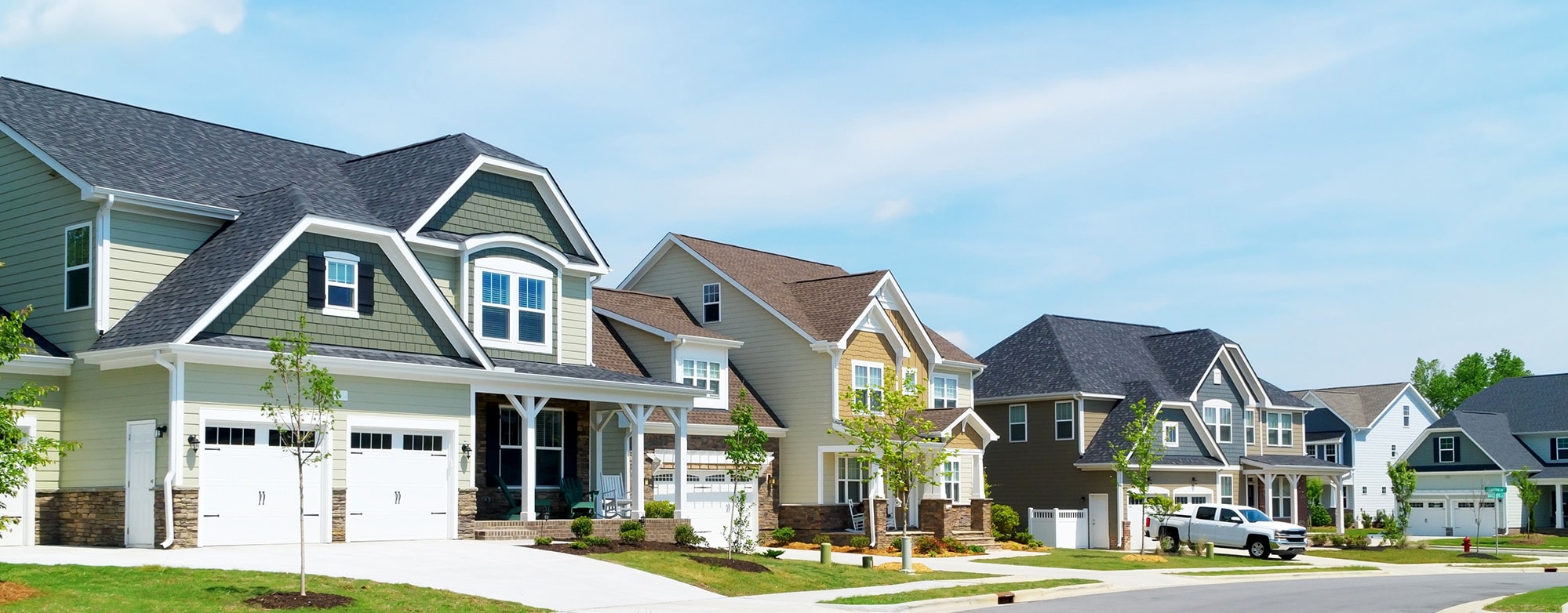As Utah’s housing market continues to heat up, the affordability crisis facing many residents has sparked interest in alternative paths to homeownership. Among these, the “rent-to-own” model is seeing a resurgence. Promising a flexible route to owning a home, rent-to-own agreements are appealing to many Utahns who feel locked out of traditional buying options. But is this growing trend a smart strategy or a financial trap?
In this article, we’ll break down what rent-to-own really means, the pros and cons of this model in Utah’s unique market, and what both renters and investors need to know before signing the dotted line.
Understanding Rent-to-Own Agreements
A rent-to-own (RTO) agreement is essentially a lease with an option or obligation to buy the home after a set period—typically between one to five years. Part of each monthly rent payment goes toward a future down payment or purchase credit. These contracts often include:
An upfront option fee (typically one to five percent of the purchase price)
A lease agreement specifying monthly rent
A purchase agreement outlining sale terms and deadlines
There are two main types: lease-option, where the renter has the choice to buy; and lease-purchase, where the renter is legally obligated to purchase the home by the end of the lease term.
Why It’s Gaining Popularity in Utah
Utah’s booming real estate market has seen skyrocketing home prices, particularly along the Wasatch Front. According to recent market data, median home prices in Salt Lake City and surrounding areas have grown significantly faster than household incomes. This has pushed many potential buyers—especially millennials and first-time homeowners—into searching for nontraditional routes to ownership.
Here’s why rent-to-own is getting more attention in Utah:
Lower Upfront Costs: Buyers can start the path to ownership without needing a large down payment immediately.
Time to Improve Credit: Tenants can work on repairing credit scores during the lease term.
Price Lock: Many contracts allow tenants to lock in a purchase price at the start of the agreement—valuable in a rising market.
Flexibility: Renters unsure about committing to a home or neighborhood get time to try before they buy.
Potential Pitfalls: Is Rent-to-Own a Trap?
Despite the benefits, rent-to-own agreements can be fraught with risk, especially if poorly structured or misunderstood. Here are some common traps:
Loss of Option Fee and Credits: If the tenant decides not to buy—or is unable to secure financing—they may forfeit all additional payments and option fees.
Overpriced Agreements: In some cases, sellers may inflate the purchase price to offset the perceived benefits of locking it in.
Unclear Maintenance Responsibilities: Many contracts shift repair costs to the renter, even before they own the property.
Lack of Legal Oversight: Without proper legal review, renters can be exposed to unfavorable terms or predatory practices.
It’s vital for both tenants and investors to approach these agreements with caution, ideally with the guidance of experienced Utah property management professionals and real estate attorneys.
The Investor’s Perspective: Risk vs. Reward
Rent-to-own arrangements aren’t just appealing to would-be buyers. Property investors, especially those operating in Utah’s competitive market, may see rent-to-own as a strategy to reduce vacancy, secure long-term tenants, and sell at a profit.
Pros for property owners include:
Reliable tenants with a vested interest in property upkeep
Upfront option fees and above-market rent
A potential future sale already in place
But there are risks:
A buyer’s failure to qualify for financing at the end of the lease
Legal complexities if the deal falls apart
Potential disputes over maintenance, repairs, and equity credits
Utah landlords considering offering rent-to-own options should work closely with a qualified Utah property management company to ensure compliance with local laws and to safeguard against disputes.
Who Should Consider Rent-to-Own in Utah?
Good Candidates:
Renters with decent income but poor credit
Those who expect to improve their financial situation soon
Tenants who love a property and intend to stay long-term
Not Ideal For:
Renters unsure about homeownership
Those with unstable income or job prospects
Tenants without legal support to review the agreement
Legal Landscape in Utah
Utah does not have specific legislation governing rent-to-own agreements, which makes transparency and due diligence even more crucial. Contracts should be carefully drafted, reviewed by legal counsel, and include clear language regarding purchase terms, maintenance responsibilities, and refund conditions.
Tips for Tenants Considering Rent-to-Own in Utah
Have the home inspected before entering into any agreement.
Get the contract reviewed by a Utah real estate attorney.
Ensure the purchase price is fair and in line with market trends.
Clarify who is responsible for maintenance during the lease.
Ask for a credit toward the purchase with each monthly payment—and track it.
The Future of Rent-to-Own in Utah
As housing affordability continues to be a pressing concern in Utah, rent-to-own will likely remain a popular, if sometimes risky, alternative. Technology platforms and third-party services are beginning to offer more standardized, transparent ways to structure these deals. Still, the risks and rewards remain heavily dependent on the details of each contract and the professionalism of the parties involved.
Final Thoughts
Rent-to-own offers a potential lifeline for Utah renters hoping to transition to homeownership amidst climbing prices and limited inventory. But it’s not a one-size-fits-all solution. Renters and investors alike must navigate the process with clarity, legal advice, and due diligence.
For those looking to explore rent-to-own opportunities—or for investors seeking ways to structure such deals effectively—working with a reliable, experienced Utah property management company is key.
At Wolfnest, we understand the nuances of Utah’s evolving real estate landscape. Whether you're a tenant exploring homeownership or a landlord considering alternative lease options, we’re here to help you make informed decisions. Contact us today to learn how we can support your property goals.
Summarize this content with AI:
Chat GPTGrok
Perplexity
Claude.ai


